I’ve always been the kind of person who spends hours hunting for the perfect productivity tools, ones that are either free or come with a one-time cost or are affordable. Ironically, I’d end up wasting time in the process instead of actually getting things done.
But recently, I shifted gears. I started focusing on being productive, not just getting productivity apps. And in that process, I discovered a few gems, apps that genuinely helped me simplify my life and make me productive. This blog is about apps I now use every day. They’ve helped me:
- Fix my screen time and reclaim more hours to live my life.
- Track my habits and stay consistent.
- Plan and execute tasks better with a reliable to-do app.
These apps are available on both Android and iOS, and most offer either a generous free version or a one-time payment option.
1. Fixing Your Screen Time
This one’s personal. I wanted more awareness of how I spend my time and more control over it. After trying a dozen apps, I stuck with two that made the biggest difference:
🌱 Forest
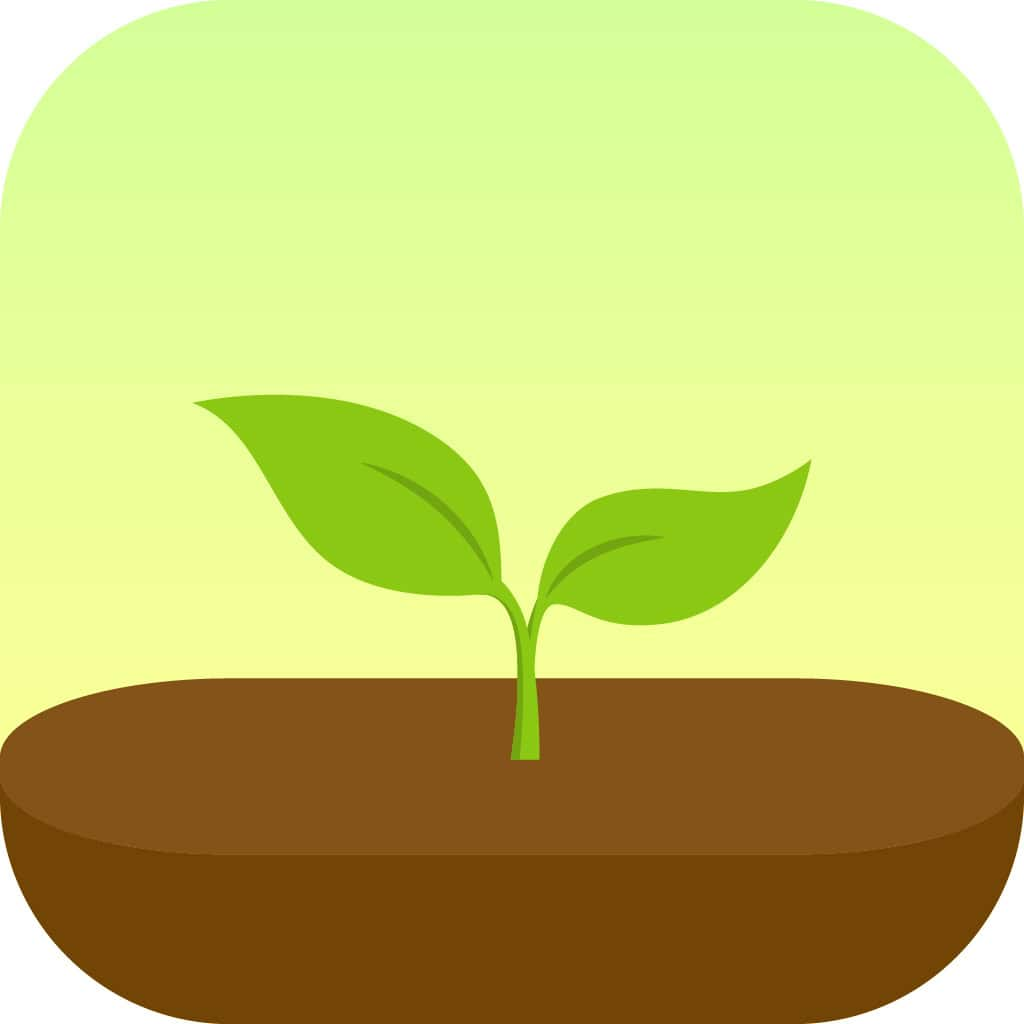
I’ve been using Forest for over six years now. It's my go-to app for staying focused and blocking distractions. What I love about it is how it gamifies focus.
You "plant" a tree when you start a focus session. As long as you stay on task, the tree grows. But if you give in to distractions and want to open any of your blocked apps, the tree dies. Over time, your efforts grow into a digital forest, alive or dead, depending on your choices. 😉
Forest offers two main modes:
🕒 Timer Mode (For the Organized Mind)
This is similar to the Pomodoro technique. You set a timer, and Forest blocks your chosen apps until the session ends. If you give in early, you kill the tree. It’s a small emotional nudge, but it works!
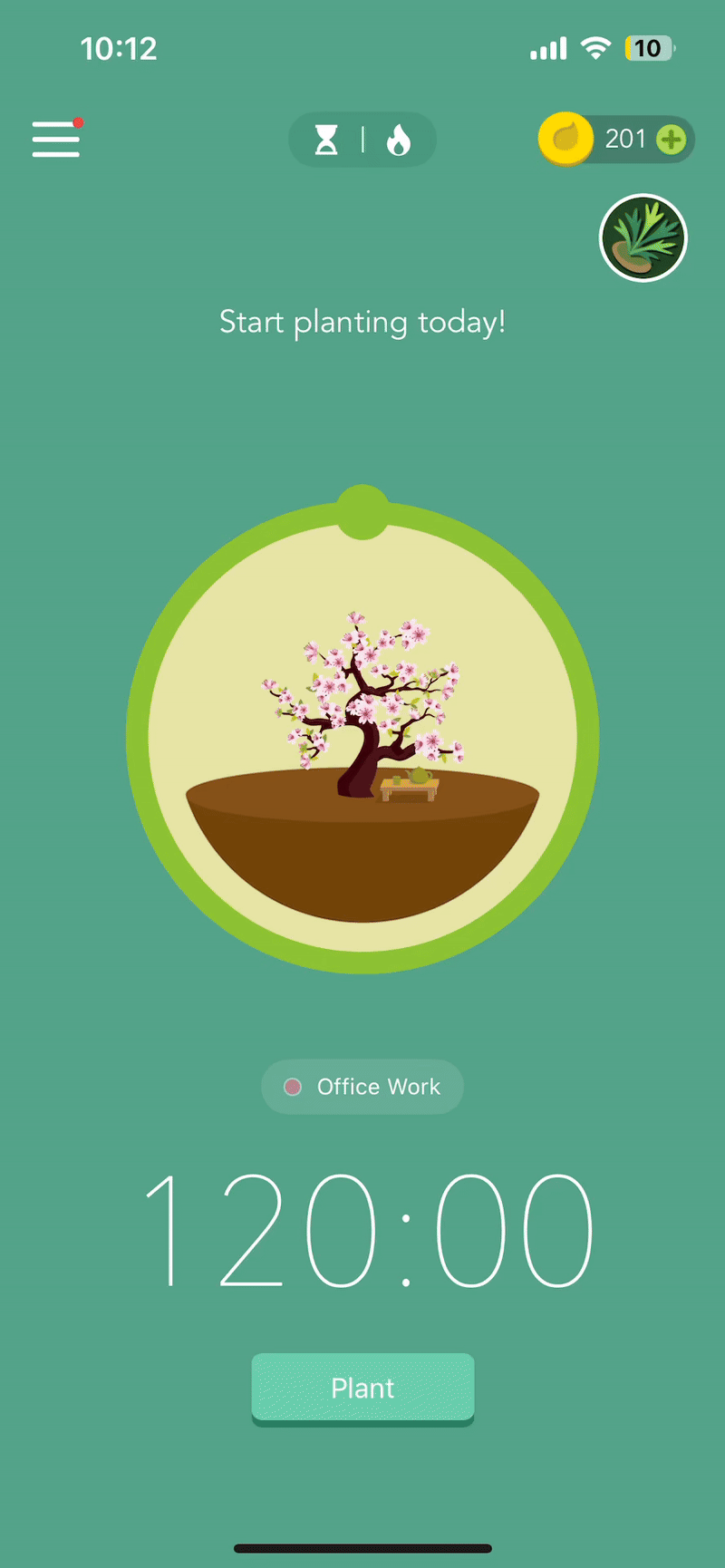
⏱ Stopwatch Mode (For Flow State Lovers)
If you're someone who thrives on working until you're “done,” not by the clock, this mode is for you. Just start the timer and enter your flow state.
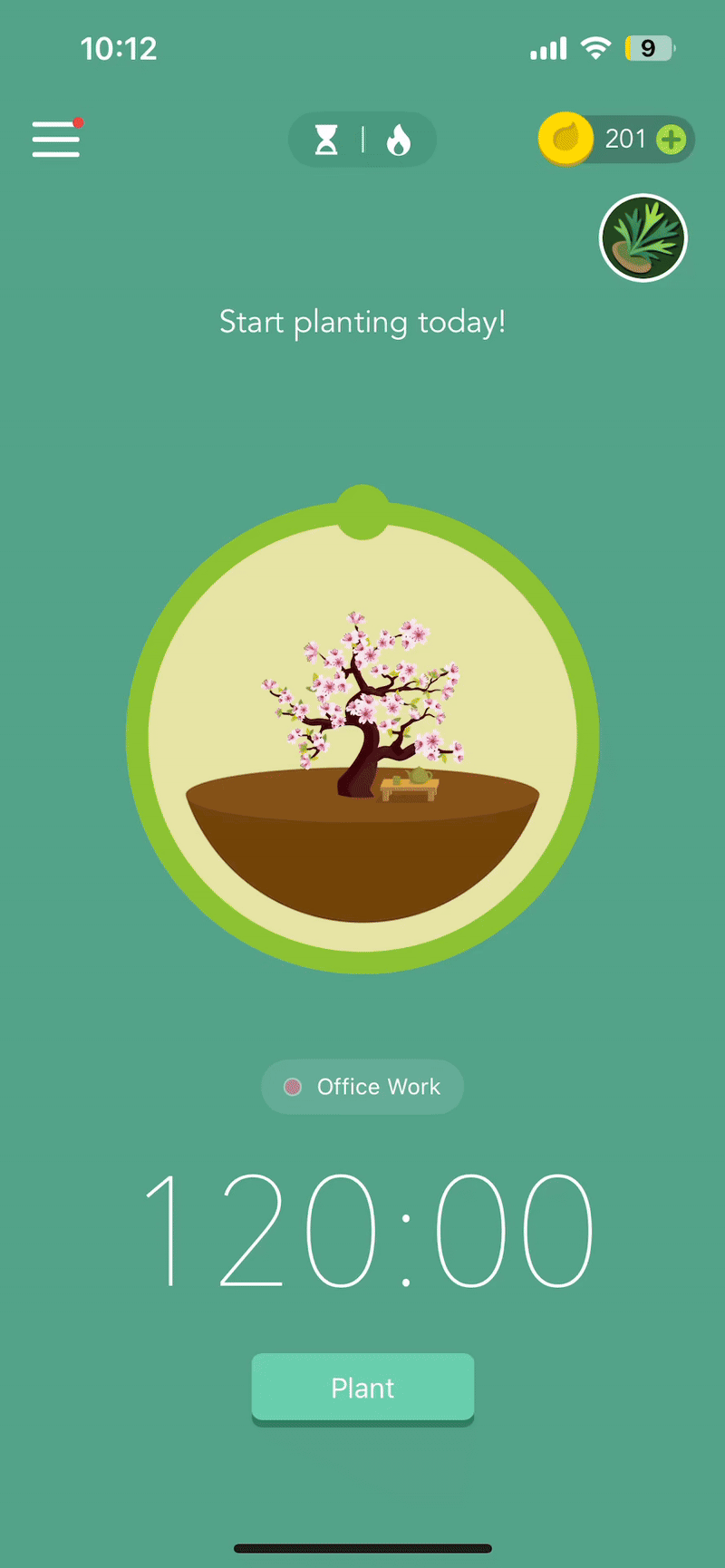
Flow State - often called “being in the zone” is a mental state where you're completely immersed, focused, and engaged in an activity, often to the point that time seems to disappear.
(I’ll write a separate blog on this. It’s a fascinating topic.)
Forest also offers great analytics: it shows your focus patterns across days, weeks, and months. You can tag your sessions, track how you spend your time across different activities, and even unlock new tree types and background music based on focus hours as your currency from the in-app store. Cool right!
They also offer beautiful and functional widgets in different sizes that you can place on your home screen. It acts like a subtle nudge. Every time you unlock your phone, you're visually reminded of the focus hours. Over time, this gentle cue reinforces consistency without being intrusive.
Forest is free for use, and the full version comes with a small one-time purchase. Definitely worth it.
🧱 Opal
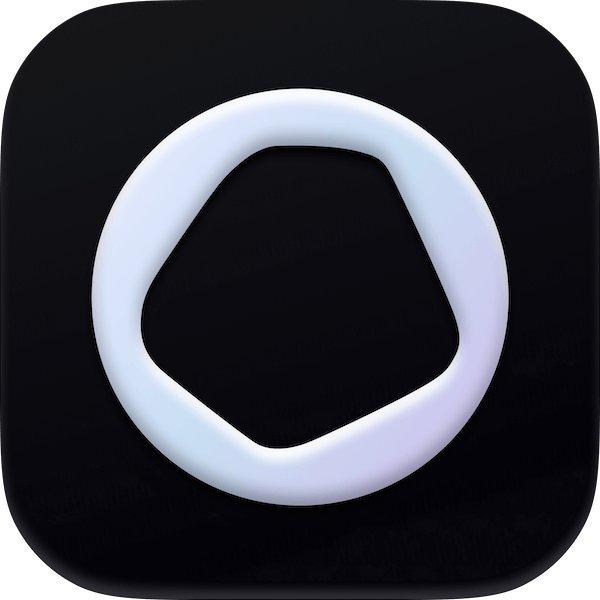
Opal is the newer addition to my life. I've been using it for about four months now, and I absolutely love its approach.
Unlike Forest, which you can override if you want to, Opal makes it hard to break focus.
Even on the free plan, you can enable a "make it hard to stop" feature. When you try to open the app during a focus session, it delays you for over 30 seconds before letting you break or cancel the timer. Many times, I took a deep breath, dropped the idea of taking a break, and got back to work.
And in the paid version, it gets even stricter. Some features make it impossible to use blocked apps until your focus time is up.
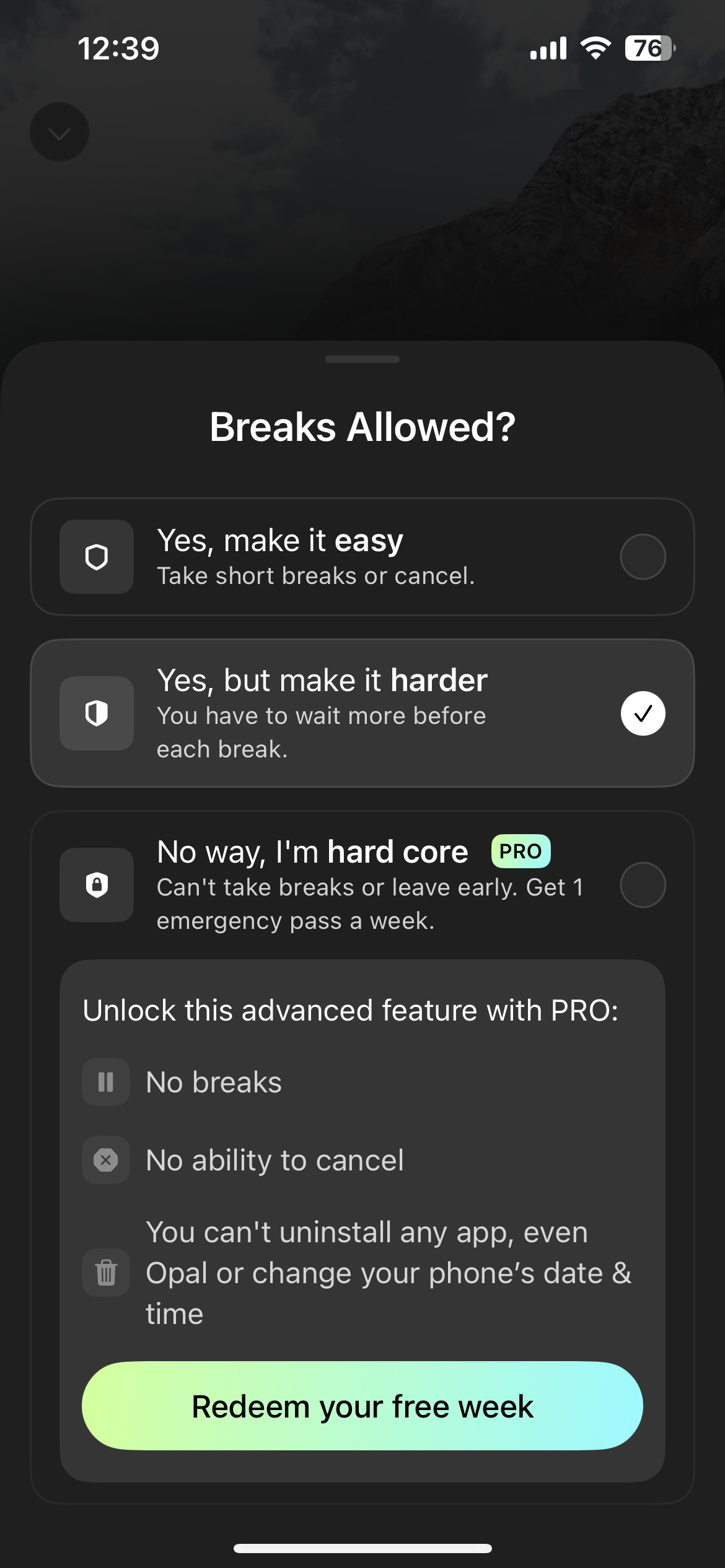
🕰️ Scheduling
One thing I love is scheduling. I’ve set Opal to automatically block distracting apps during my office hours (9 AM – 6 PM). It starts and stops without any manual input.
Opal focuses heavily on reducing phone usage and offers solid insights: how much time you spend on apps, which ones are productive vs. distracting, and your screen time trends.
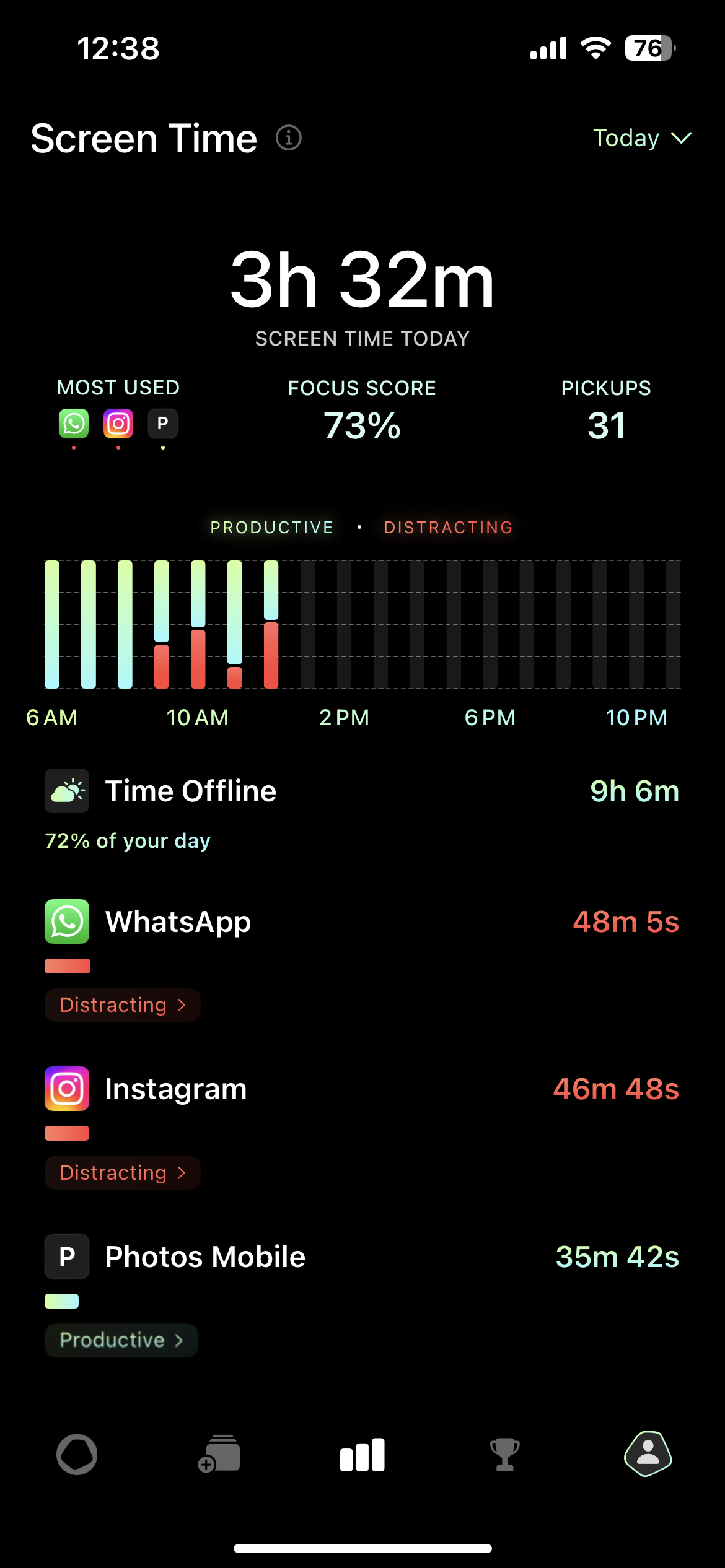
The UI and home page widgets looks more cool and polished, and comes with a price of around 2,000₹ (99.99$) per year. For me, the free version has been more than enough.
2. Tracking Habits – Habitify
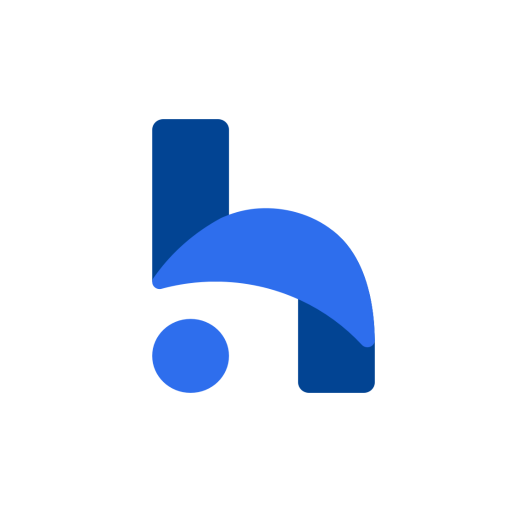
I tried a bunch of habit trackers, trust me, I tried a dozen, but Habitify stood out with its clean interface, cross-platform support, and daily reminders. I’ve been using it for two years, and it is a game changer!
Here’s what makes it click for me:
- You can group habits under categories (e.g., Health, Mind, Work, or Leverage, Neutral, Overhead - the LNO Framework).
- You can set different schedules (e.g., daily, weekly, only on weekends).
- It gives streaks, completion rates, and trends over time to keep you motivated.
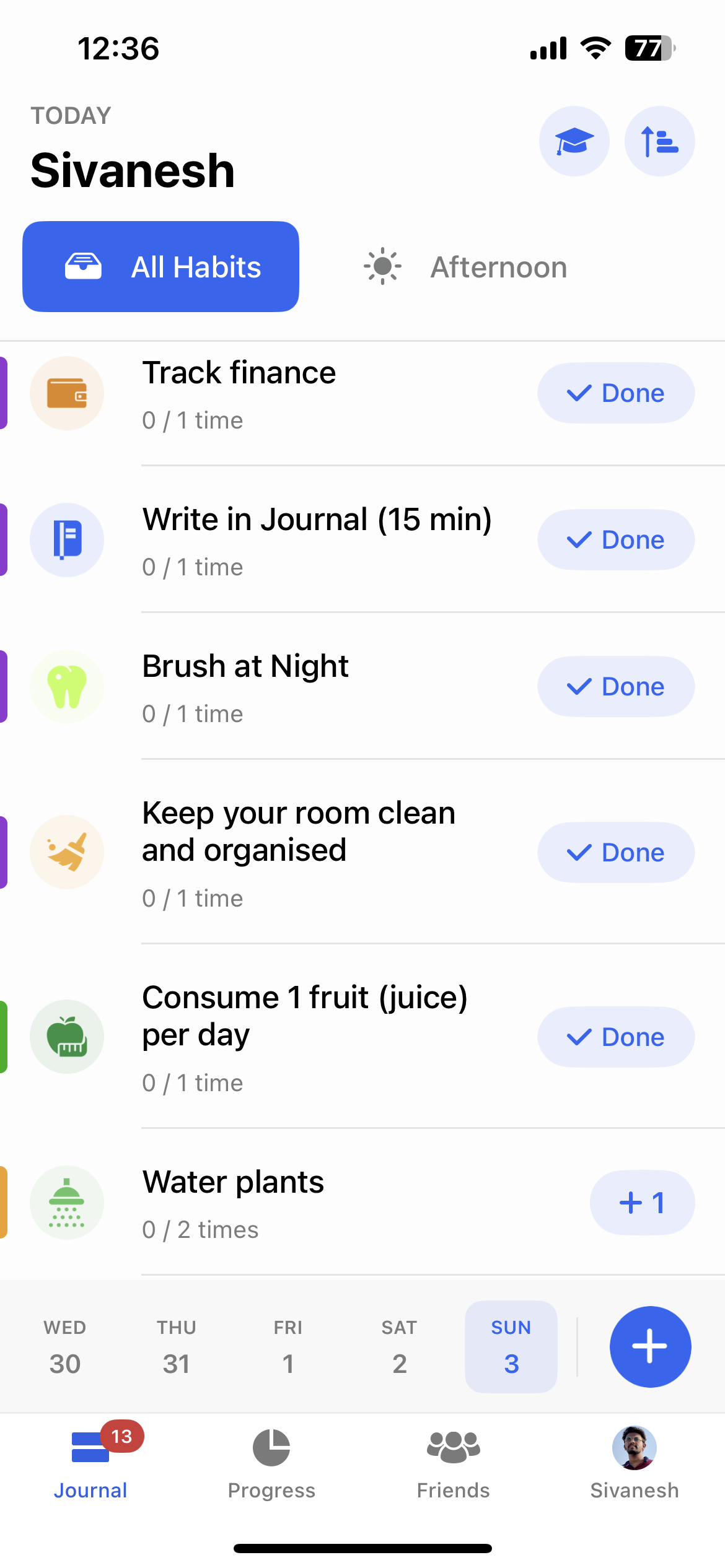
More importantly, it doesn’t try to do too much. It’s just one glance to see if you’re winning your day or not. That minimalism helps me stay consistent.
I also really love the scheduling feature. It offers various strategies so well that you never feel the need for anything more.
My favourite feature - Habit Stacking ✨
One of the most underrated but powerful features in Habitify is Habit Stacking. If you’ve read Atomic Habits by James Clear, you’ll know the idea:
“After [current habit], I will [new habit].”
Habitify brings this to life by letting you link multiple habits together into a routine.
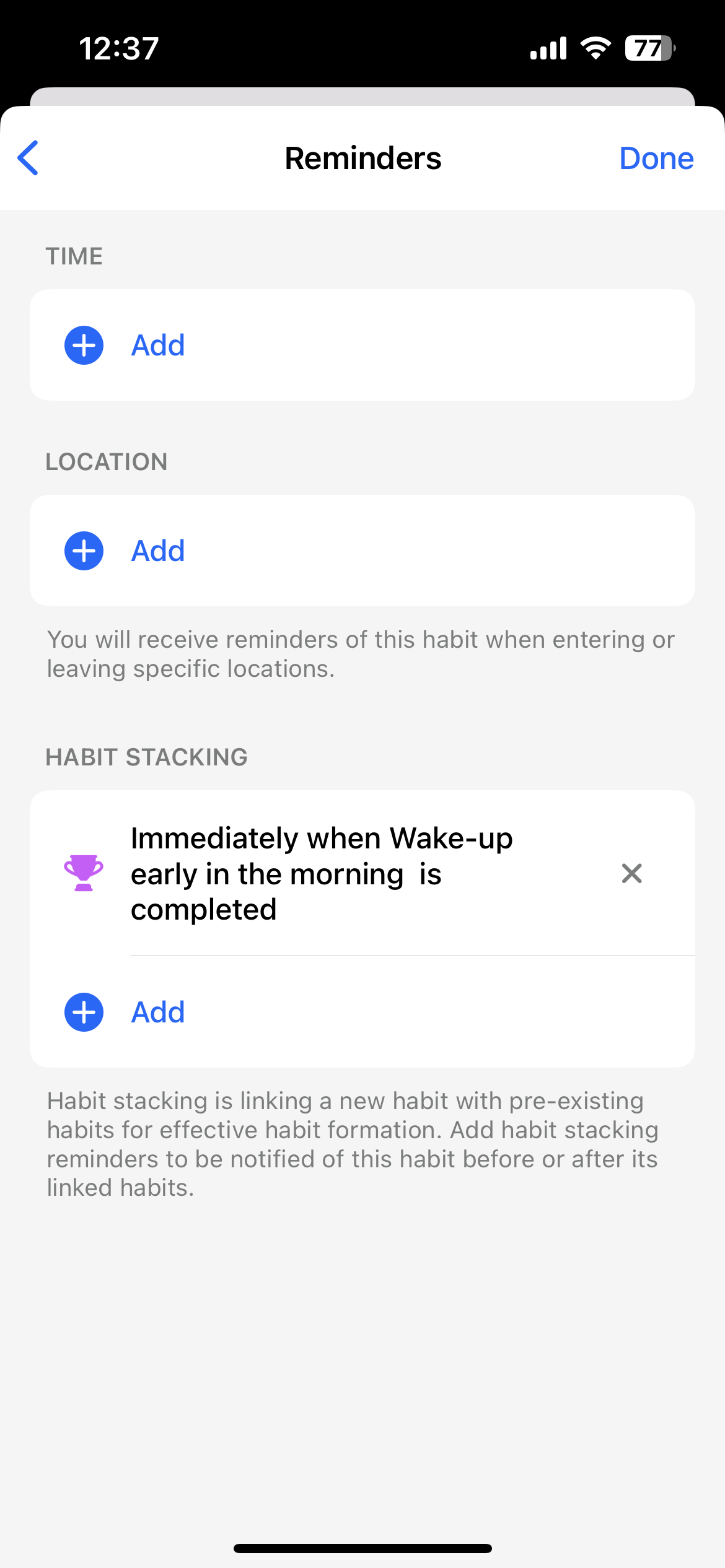
This isn’t just a productivity hack. It’s statistically proven to improve consistency. I’ve seen it in my own life: when I stack habits together, the probability of completing all of them go up significantly. It’s like a chain reaction. Once I complete the first task, the rest follow naturally.
For example, you can create a morning stack:
☀️ Wake up → 🛏 Make bed → 🪥 Brush teeth → 🧘♂️ Meditate → 📖 Read 5 mins
Instead of tracking each habit separately or adding a time there, you can stack them, and go through them in sequence. This reduces decision fatigue and makes it easier to build momentum. It's especially useful for mornings, evenings, or work shutdown rituals.
Here, there is a free version to try with very limited habits, and if you want to use it fully with more habits, there’s a premium upgrade.
3. Todo App – Microsoft To Do
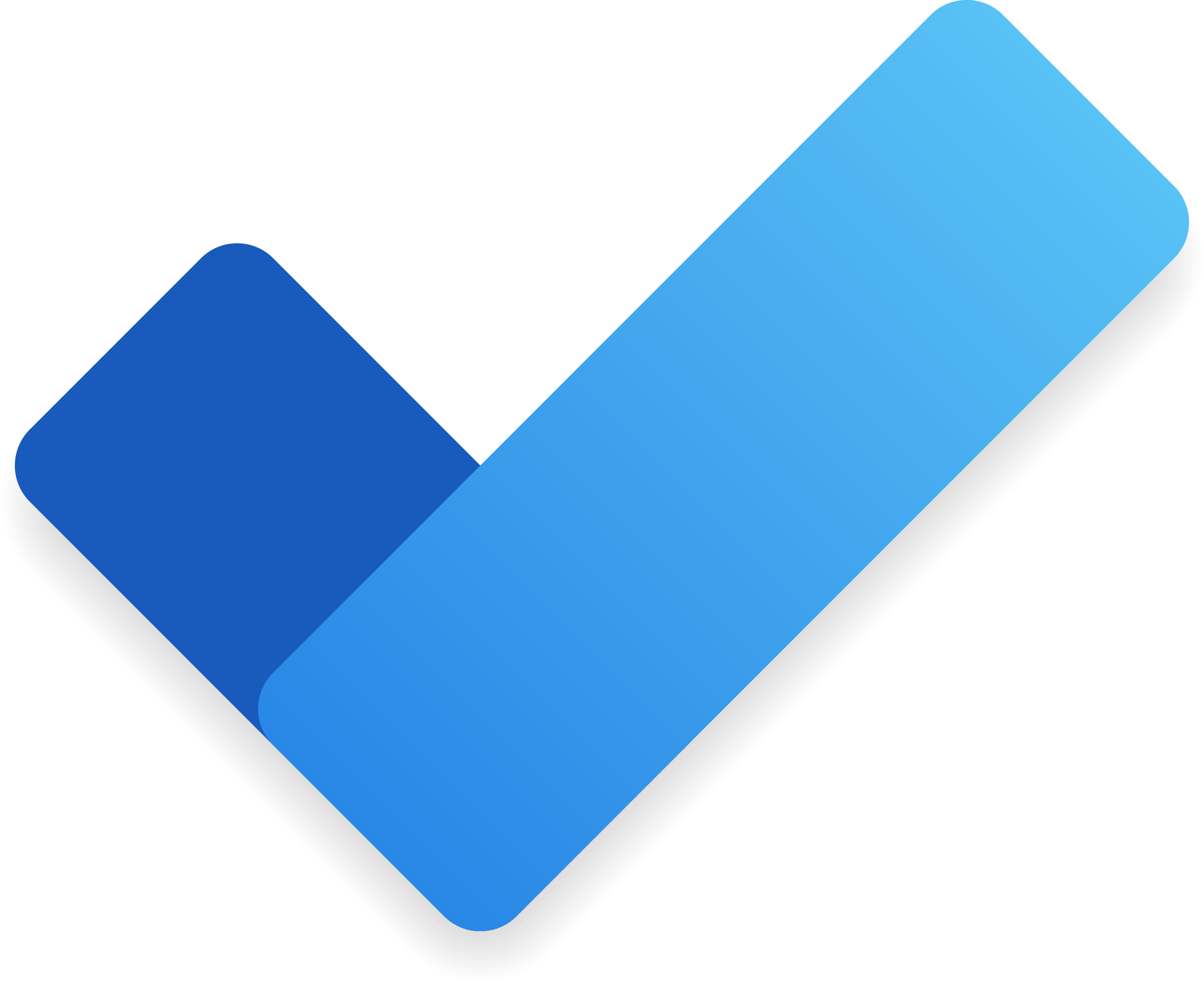
There are countless to-do apps out there, but Microsoft To Do hits a sweet spot: it’s simple, reliable, and completely free.
What I like:
- My Day – lets you focus on daily priorities.
- Lists and subtasks – great for organizing projects.
- Reminders and recurring tasks – perfect for routines.
- Syncs across devices – phone, tablet, and laptop.
I even have folders for a to-do guide to help pack my bag for trips. For example:
- 🧳 2-day travel bag
- 🧳 1-week travel bag
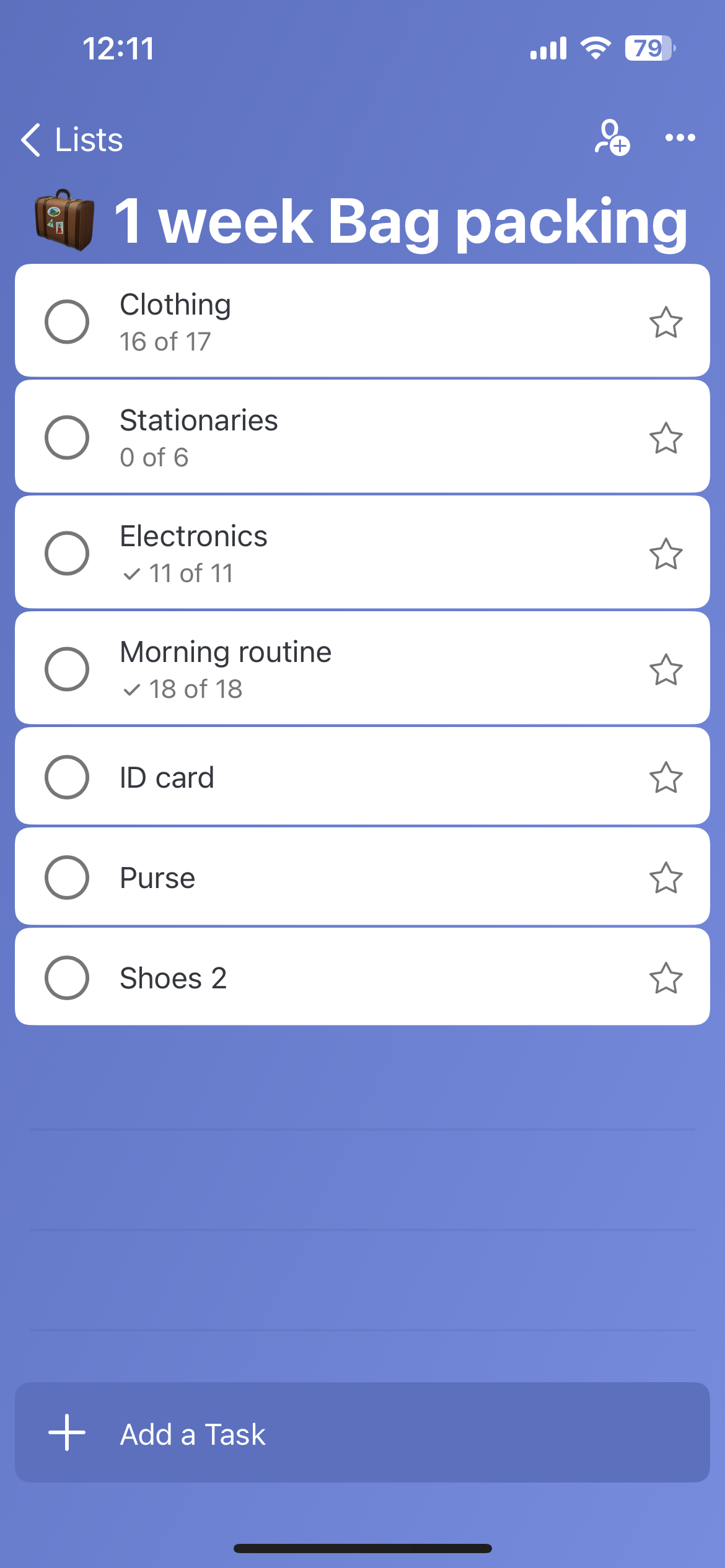
Each has around 6 to-do categories like Clothes, Stationery, Electronics, etc., with sub-items listed under each.

It's integrated with Microsoft services, but you don’t need to be in their ecosystem to use it. I mostly use it to manage personal tasks and recurring reminders (like watering plants or taking vitamins).
Final Thoughts
Even with the best apps in the world, willpower is what truly makes the difference. 💪🏻
These apps are just tools. They give structure, motivation, and insights. But it's still up to you to show up and take action. These four apps have genuinely helped me stay focused and reduce distractions. I hope they do the same for you. 🙌🏻
Who knows? You might just win back a few hours each day to live the life you actually want.
